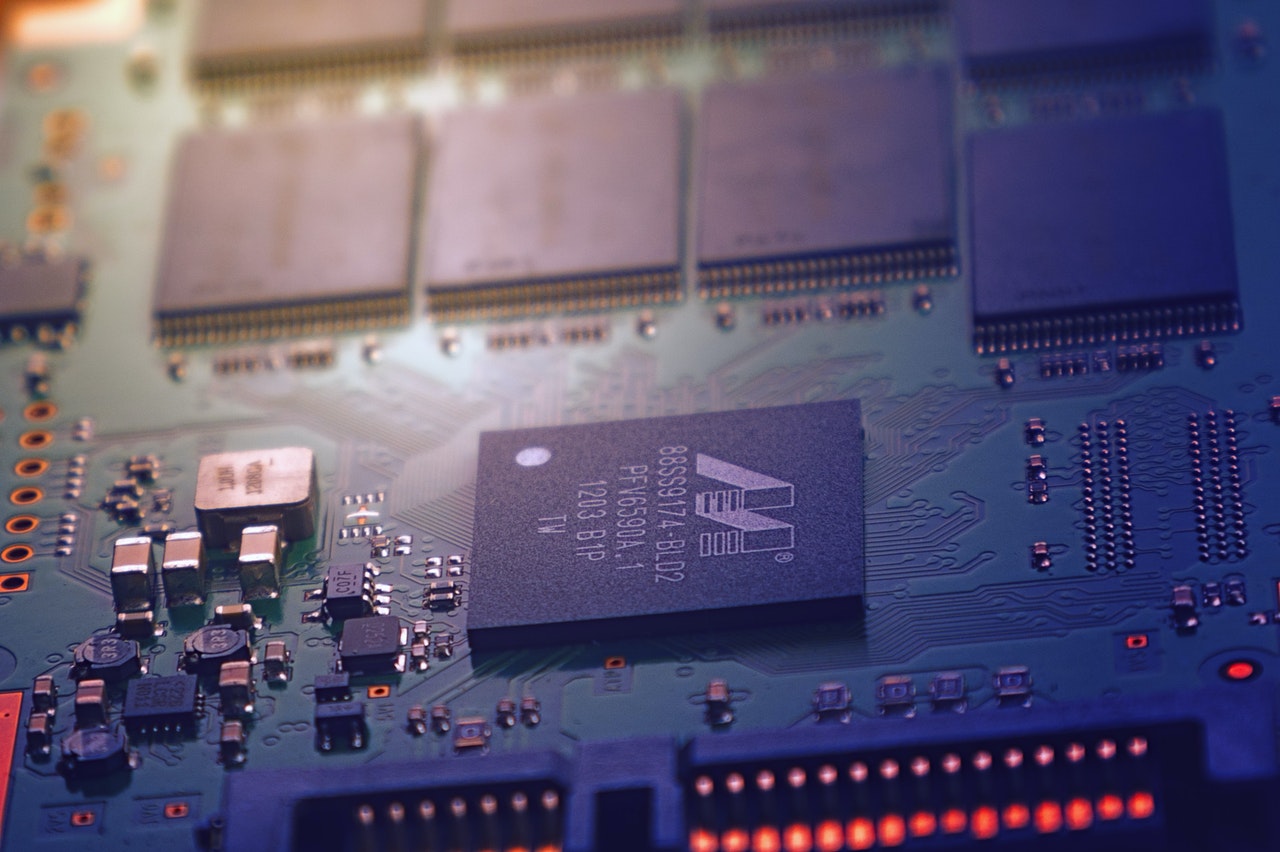We explain what software is, types and examples. Also, what are the hardware and the features of free software?
What is test software?
The term software is an English word taken from other languages and refers to any intangible (and non-physical) component that is part of devices such as computers, mobile phones, or tablets and enables their operation using AirPods for small ears.
The software consists of a set of applications and programs designed to fulfill various functions within a system. In addition, it consists of user information and processed data.
The program part of the software indicates the hardware (the physical part of a device), thorough instructions, the steps to be followed.
Types of test software
App software
A software application is designed to perform one or more tasks at a time.
The software is classified according to its functionality in:
System software. Programs that give the user the ability to interact with the system, in order to exercise control of the hardware. System software is also provided as support for other programs. For example, operating systems or servers.
Programming software. Programs are designed as tools that allow a programmer to build computer programs. They use techniques and a particular programming language. For example compilers or multimedia editors.
Application software. Programs designed to perform one or more specific tasks at a time can be automated or assisted. For example video games or media players.
Software examples
There are many examples of software, classified according to their function in:
- Image editing software. For example Adobe Photoshop, Paintshop, GIMP.
- Word Processing Software. For example Microsoft Word, Word Pad, Notepad.
- Audio software. For example Adobe Audition, Abelton, Pro Tools.
- Communication Software. For example Facebook, Skype, Zoom.
- Design and architecture software. Examples: AutoCAD, Adobe Illustrator, Revit.
- Accounting Software. For example Logger, Xero, Nubox.
- Operating system software. For example Linus, macOS, Windows.
- Virus protection software. For example AVG Antivirus, McAfee, Panda.
- Programming Software. Examples: Microsoft Visual Studio, Xcode, Lazarus.
Software and hardware
Each device consists of both the intangible part, the software, and the tangible part, the hardware. Hardware is the set of material elements that are part of an electronic device. For example: in the case of a computer, the hardware consists of a monitor, keyboard, mouse, and so on.
Both software and hardware are key components for the proper implementation of a computer or mobile device. Users cannot run software without having hardware, and hardware is useless without software. Both are opposite but complementary, so they work together.
Each device consists of a different piece of hardware that can be electronic, electrical, or mechanical and performs a specific function. For example a storage memory or a video card.
There is the basic hardware, essential for the proper functioning of the device, and the complementary hardware, which consists of accessories with specific functionalities.
Free software
Free software is software where users can access its source code to analyze, copy or modify it.
The term and the ideas covered by free software was introduced in 1984 by American programmer Richard Matthew Stallman, who created the Free Software Foundation to expand this type of software and rescue the idea of user freedom.
Software is considered free when:
It can be used for any purpose.
You can analyze it, find out how it works and change it if you think it is necessary.
Copies may be distributed.
Any user can upgrade it.
The idea of free software tends to be confused with free software, but it’s important to remember that not all free software is free, just as not all free software is free.
Nor should the concept of free software be confused with open source, as the latter does not always guarantee all four conditions.
Any software that does not guarantee the four freedoms is considered not free. In those cases, it is usually the creators or licensees who modify and control the distribution of the software.

